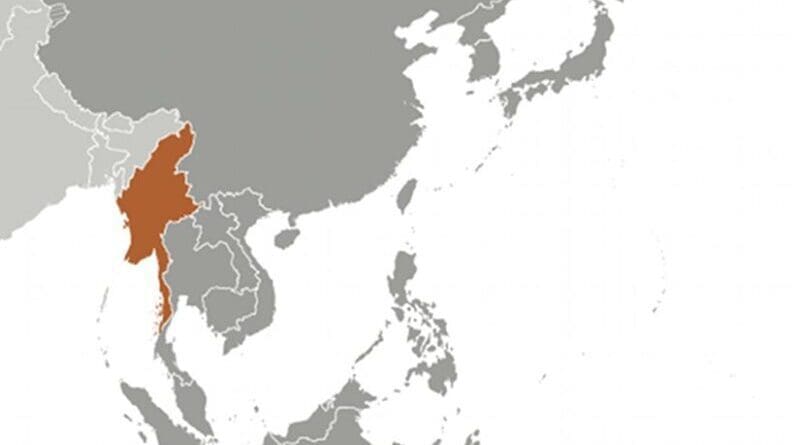India’s Myanmar Policy: Can It Do Even Better? – Analysis
Among all of New Delhi’s policies towards its immediate neighbours, the one that appears to have moved in the right direction without a hitch is that with Myanmar. With a transformed Myanmar, New Delhi’s steps have been bold and decisive. The four-day visit of Myanmar’s opposition leader Aung San Syu Kyi to India starting November 13, albeit a delayed one, provided another opportunity to reaffirm such assumption.
Myanmar has changed enormously. A military-dominated regime which tolerated no resistance has presided over a free and fair by-election, allowed the opposition to win maximum number of seats, released jailed opposition activists, eased restrictions on the press, allowed journalists banned from entering into the country for decades to travel almost freely and is also seeking foreign investment. Such changes have opened up opportunities for countries like India. And thankfully, New Delhi has not been found wanting.
If high-profile official visits are indications of commitment to take the relationship forward, there have been plenty between the two countries. Prime Minister Manmohan Singh visited Myanmar in May 2012, the first Indian premier to do so after 25 years. During Singh’s visit, 12 agreements were signed, including one that extended $500 million Line of Credit to Myanmar. President of Myanmar Thein Sein paid a State visit to India in October 2011. In July 2010, Senior General Than Shwe, Chairman of the now defunct State Peace and Development Council (SPDC), paid a visit to India. Apart from these, ministers and secretaries from both sides have exchanged visits periodically in the recent years.
Both countries have moved ahead to establish several institutional mechanisms for engagement on trade, security as well as foreign policy consultations. Significantly, earlier meetings that involved high-ranking officials and were limited to the national capitals have started dripping down to the bordering states. On November 9, for the first time, a high-level meeting of the India-Myanmar Border Trade Committee held at Moreh in Manipur. As a result of this meeting, a branch of United Bank of India would be opened in Yangon within a month to ease the business transactions between traders.
On October 31, the first Border Liaison Officers (BLOs) meeting was held in Arunachal Pradesh to discuss local security, crime and other border issues. The BLO forum has been a product of a May 2012 high-level meeting between the two countries. On October 29, entrepreneurs from India and Myanmar met at Yangon to discuss ways to promote bilateral trade in agriculture, timber, pharmaceuticals, tourism, textile, automobile and livestock. The India-Myanmar joint trade commission has set the target of doubling the existing trade of $1.5 billion by 2015.
New Delhi has done well to stay glued to its policy of engagement with the ruling regime in Myanmar since the 1990s, reversing its decade-long policy of supporting democracy movement in the country. The gradual pace of transformation—from a purely military to a lopsided civilian-military combination in the Parliament—suits New Delhi’s policies. It marks a continuation of New Delhi’s engagement with the regime in Naypyidaw. Even if Myanmar rewrites its constitution, significant number of its military leaders steps down heralding the possibility of a purely civilian government assuming power in 2015, the regime would still consist of people who would have done significant business with India.
Additionally, absence of spoilers is one of the important reasons behind New Delhi’s decisiveness. All the north-eastern states have not only been supportive of the Look East Policy, but have contributed to its content and pushed vigorously for its implementation. They have also pressurised New Delhi to take up the insurgency issue seriously with Myanmar, asking Naypyidaw to carry out operations against the north-eastern rebels. India’s capacity-building assistance to the Myanmar military in the past years as well as its aid in the form of road building equipment have allowed the latter to increase the frequency of its operations against the Indian rebels.
There is still a long road to traverse. Future would be shaped by the changes that occur in Myanmar in the coming months and years. It will also be linked to New Delhi’s capacity to take advantage of the evolving scenario. When almost the entire world is converging on Myanmar, ability to take prompt decisions and pursue them vigorously would be the key. This would require some additional institutional capacity building on part of the external affairs ministry. Some rethinking on the content of India’s framework engagement in Myanmar that has been deliberately kept apolitical and non-controversial would also be necessary.
This article appeared in the New Indian Express and is reprinted with permission.

